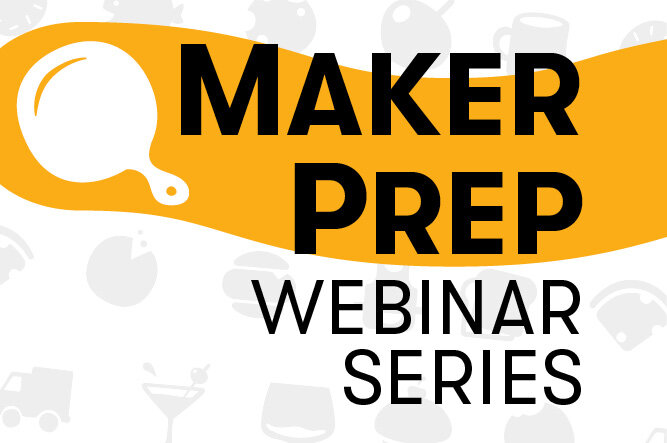Ashley Sutterfield is the founder and director of Sage Expert, a food production coaching company that helps food entrepreneurs navigate the specialty food business. During the SFA webinar, “Understand Your Production Options: Decide If a Copacker Is Right For You,” she discussed the four main production methods for specialty foods and the considerations that must be taken to ensure success.
“This topic is pertinent because understanding your options helps you decide what’s best for you and your business,” Sutterfield said. “Production touches each aspect of business, and that is why a holistic approach to production growth is key…It has to fit into your whole business.”
Sutterfield identified the following production options that specialty food businesses can leverage:
• Co-pack
• Self-manufacture
• Self-manufacture to co-pack
• Hybrid model: a combination of other three methods
Co-packers were separated into three sizes depending on their scale and facility size: a small co-packer often works out of a commercial kitchen, a mid-sized co-packer operates a facility with specialized equipment and has the resources necessary to move beyond the first few stages of a food business, and a large manufacturer is a scaled up mid-sized co-packer, usually reserved for use by larger companies.
“Co-packing is about buying the time back for you to work on your own business. It is not about getting a cheaper price point,” she said.
Self-manufacturing is when the brand itself oversees the production of the product either in a commercial kitchen or in facilities run by the business.
As businesses scale, Sutterfield instructed not to be afraid of implementing both self-manufacturing and co-packing to meet production needs. In an example of a hybrid model, she cited a pot pie company that owns the means of production for the crust, and select fillings, but partners with a co-packer for their chicken pot pie filling, the most popular product type, as well as for their line of baked goods, as their manufacturing facilities are not optimized for its production.
Sutterfield also explained that if a business has an efficient self-manufacturing facility, it can also act as a co-packer for other brands and bring in a revenue stream that can facilitate growth. The path to production growth can take many forms, but it requires the four key ingredients: long-term strategy, proper conversion of recipes to formulas, sourcing ingredients from suppliers that enable a business to scale, and knowledge of production volumes.
To learn more about how to navigate production, watch the webinar on demand in SFA’s Learning Center.
Related: Understanding Food Production Options: Q&A With Sage Expert's Sutterfield; How to Ignite an Integrated Media Program

